

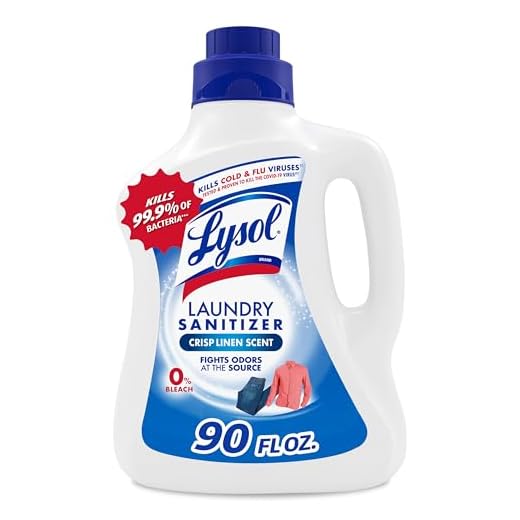

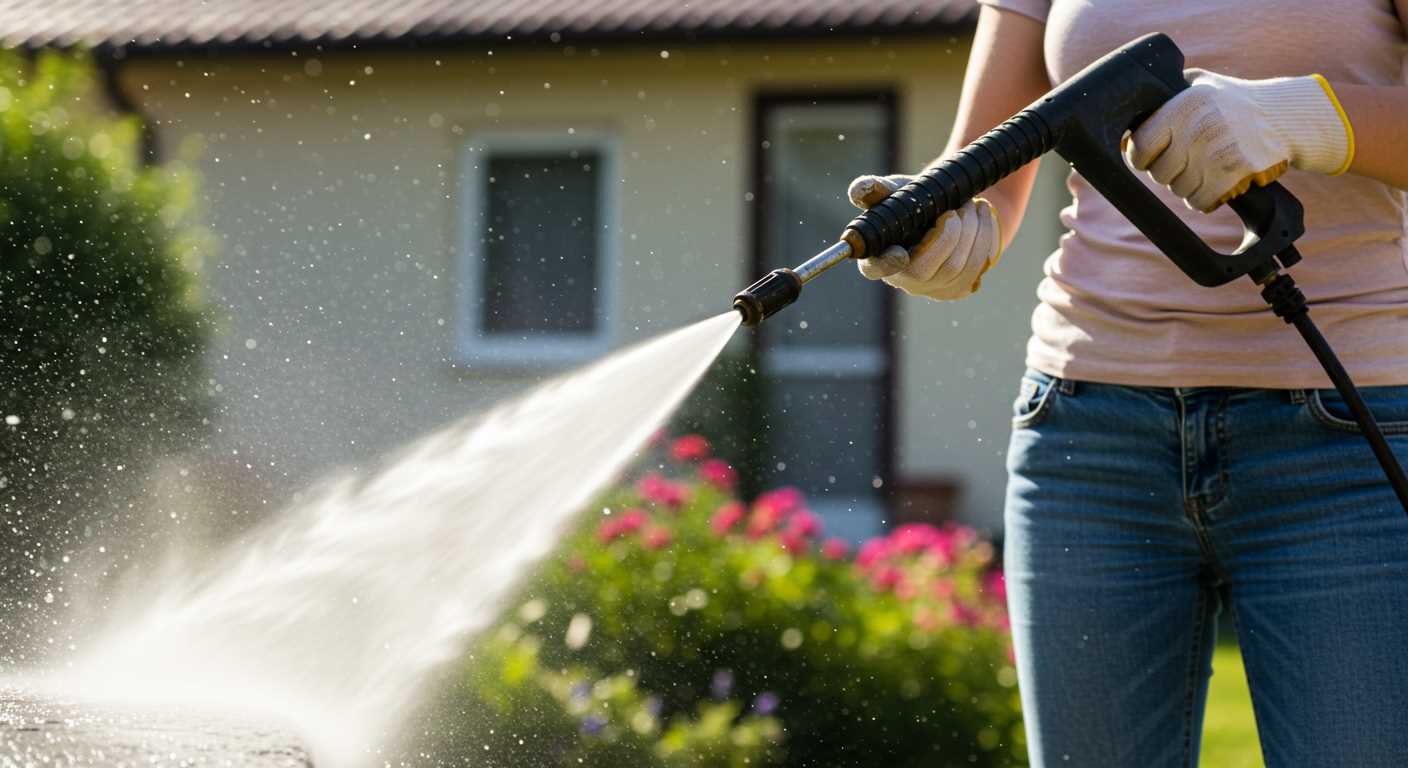
Utilising a simple mixture of warm water and vinegar can transform the appearance of your outdoor space. This combination not only tackles dirt but also eliminates stubborn stains and mildew, ensuring a fresh atmosphere. Pour equal parts of both ingredients into a spray bottle for convenience. Apply generously, allowing it to sit for 10-15 minutes before scrubbing with a soft-bristle brush.
For stubborn grime, baking soda is your ally. Create a paste by mixing baking soda with a small amount of water. Apply it to particularly dirty spots and let it rest for a while. The gentle abrasiveness of baking soda will lift the dirt without damaging any surfaces. Rinse thoroughly with clean water afterward to reveal a spotless finish.
Don’t overlook the power of a simple broom or a stiff brush. Regular sweeping prevents the buildup of debris, making subsequent maintenance easier. For tiled areas, a dedicated floor brush can effectively dislodge dirt trapped in the grout lines. Always sweep towards a central point for easier collection.
Lastly, consider using a squeegee to remove excess moisture after cleaning. This step helps prevent water spots and mildew from forming, especially in shaded areas where moisture lingers. A quick wipe down can prolong the cleanliness of your outdoor haven.
Effective Techniques for a Spotless Outdoor Space
Start by gathering your materials: a sturdy broom, a scrub brush, a bucket, and a multipurpose cleaner. Use the broom to sweep away loose debris like leaves and dirt. Pay attention to corners and edges where grime tends to accumulate.
Mix warm water with your chosen cleaner in the bucket. A ratio of one part cleaner to four parts water usually works well. Dip the scrub brush into the solution and tackle stains and stubborn spots. Use circular motions for better penetration. For areas with heavy build-up, let the solution sit for a few minutes before scrubbing.
For railings and furniture, a cloth or sponge soaked in the cleaning solution can do wonders. Wipe down surfaces thoroughly, removing any dust or stains. Rinse with clean water afterwards to avoid residue. If your furniture is particularly grimy, consider using a dedicated outdoor furniture cleaner.
Address the flooring next. If it’s tiled, a mop with the same cleaning solution can make a difference. For wooden surfaces, ensure you use a cleaner designed specifically for wood to avoid damage. Rinse thoroughly after cleaning to maintain the finish.
Finally, don’t overlook the plants. If you have potted plants, gently wipe the leaves with a damp cloth to remove dust. This not only keeps them looking good but also promotes better photosynthesis.
Gathering Necessary Cleaning Supplies
First, collect a broom and a dustpan for removing loose debris. A stiff-bristled broom is ideal for outdoor surfaces, while a dustpan will help you gather dirt efficiently.
Next, grab a bucket to mix your cleaning solution. Choose one that holds at least 5 litres to accommodate larger batches of liquid. A mop or sponge will also be useful for applying your cleaner; opt for a flat mop for ease of manoeuvrability.
For the cleaning solution, consider a mix of warm water and mild detergent or a vinegar-water blend. Vinegar is great for breaking down grime and is environmentally friendly. If there are stubborn spots, a specialised cleaner designed for the materials of your space may be necessary.
Don’t forget protective gear. Gloves will shield your hands, while safety goggles will protect your eyes from splashes, especially if you’re using strong cleaners.
| Item | Purpose |
|---|---|
| Broom | Remove loose dirt and debris |
| Dustpan | Collect debris swept by the broom |
| Bucket | Mix cleaning solutions |
| Mop/Sponge | Apply the cleaning solution |
| Protective Gloves | Protect hands from chemicals |
| Safety Goggles | Protect eyes from splashes |
Finally, a hose or watering can will help rinse away the cleaner. A hose with a spray nozzle allows you to control the flow, while a watering can is perfect for targeted rinsing.
Removing Furniture and Decorations
Begin by relocating all outdoor furnishings and decorations. This step allows for a thorough cleanup of the entire area, ensuring no dirt or grime is left behind. Move items like chairs, tables, and plants to a shaded spot or indoors to protect them from direct sunlight and potential damage during the process.
Assess Items for Cleaning
Take a moment to evaluate the condition of each piece. If any furniture shows signs of wear or requires repairs, address these issues before returning them to the space. Consider using suitable cleaning solutions specific to the materials, whether it’s wood, metal, or fabric. For instance, a gentle soap solution can refresh metal surfaces, while a more robust cleaner may be necessary for stubborn stains on upholstery.
Organising Decorations
Carefully detach any decorative elements, such as string lights or potted plants. Examine these items for dirt and debris. A damp cloth can be useful for wiping down surfaces of decorations, while potted plants might need a gentle rinse to remove dust. Be cautious with delicate items; ensure they are handled with care to prevent breakage.
Once everything is cleared, you’ll have a blank canvas that makes the subsequent cleaning tasks manageable and effective. This preparation sets the stage for a refreshing transformation of your outdoor space.
Dusting and Sweeping for Loose Debris
Begin by using a soft-bristled broom to gather loose dirt, leaves, and other debris. This tool allows you to reach corners and edges effectively, ensuring no residue remains. Make sure to sweep in one direction to keep the dust from scattering. I recall a time when I underestimated the impact of a simple sweep; it transformed the space completely, providing a clean slate for further tidying.
After sweeping, use a microfiber cloth or duster to remove finer particles from surfaces. These materials trap dust rather than pushing it around, which can be crucial for achieving a pristine finish. I’ve found that a thorough dusting can reveal areas that often go unnoticed, like light fixtures or railings, which accumulate grime over time.
For elevated spots or hard-to-reach areas, consider a long-handled duster. This tool can significantly reduce the hassle of stretching or bending. Once, I used it to clear cobwebs from an overhead beam, and it made a world of difference in the overall appearance. Dusting regularly prevents build-up, making each subsequent clean-up easier.
Keep a dustpan handy to collect debris efficiently after sweeping. A dustpan with a rubber edge can help catch even the smallest bits, minimising the chance of them slipping away. I learned this lesson the hard way when I had to re-sweep after missing some stubborn fragments.
Lastly, if you have outdoor plants or decorations, gently shake or wipe them down to remove any accumulated dust. This small step can enhance the overall atmosphere of your space. Remember, the goal is to create a welcoming environment, and these initial steps set the foundation for further maintenance.
Choosing the Right Cleaning Solution
Opt for a solution tailored to the type of grime you’re dealing with. For general dirt and dust, a mixture of warm water and mild dish soap works wonders. For tough stains, consider a vinegar and water blend, which is both natural and effective.
Specific Solutions for Various Stains
- Grease and Oil: Combine baking soda with water to form a paste. Apply it to the affected area and let it sit for 15 minutes before scrubbing.
- Mould and Mildew: Use a solution of one part bleach to three parts water. Ensure proper ventilation and wear gloves while applying.
- Rust Stains: Lemon juice sprinkled with salt can help break down rust. Leave it on for a few hours before rinsing.
Eco-Friendly Options
If you prefer natural alternatives, consider these:
- Baking Soda: Great for scrubbing and deodorising.
- White Vinegar: A powerful natural cleaner, effective against many stains.
- Castile Soap: A plant-based soap that’s biodegradable and safe for various surfaces.
Always test any solution on a small, inconspicuous area first. This ensures compatibility with your surfaces and prevents damage. Remember, the right formula can make a significant difference in your cleaning efforts!
Scrubbing Different Surface Types
Choosing the right technique for scrubbing various surfaces is crucial for achieving the best results. Each material demands a specific approach to avoid damage while ensuring a thorough clean.
- Concrete: Use a stiff-bristled brush with a mixture of warm water and a suitable detergent. Scrub in circular motions to lift dirt and grime. Rinse with clean water using a bucket or hose.
- Wood: Opt for a softer brush to prevent scratching. Mix mild soap with water and apply gently. Avoid soaking the wood; instead, use a damp cloth for wiping. Rinse with minimal water to protect the finish.
- Tile: A tile-safe cleaner can work wonders. Use a brush or sponge, focusing on grout lines. For stubborn stains, consider a paste of baking soda and water applied to the area, let it sit, then scrub before rinsing.
- Metal: For metal surfaces, such as railings, a solution of vinegar and water can be effective. Use a non-abrasive sponge to avoid scratches. Ensure thorough drying after cleaning to prevent rust.
- Composite Decking: Special composite cleaners are available, but a mild soap solution with a soft brush will often suffice. Avoid abrasive materials that can scratch the surface. Rinse well to remove any soap residue.
In my experience, always test any cleaner on a small, inconspicuous area first. This step helps to ensure that the surface will not react negatively to the chosen solution.
Adjust your scrubbing technique based on the surface condition and level of dirt. Regular maintenance makes future clean-ups easier, and a little effort goes a long way in preserving the appearance of your outdoor space.
Dealing with Stubborn Stains and Grime
For those persistent marks and dirt, a targeted approach is key. Start with a mixture of warm water and vinegar in equal parts. This solution works wonders on mildew and organic stains. Apply it generously, allowing it to sit for at least 15 minutes before scrubbing.
Using Baking Soda for Tough Spots
For grease or oil stains, sprinkle baking soda directly onto the affected area. Let it absorb the grime for about 10 minutes. Then, dampen a cloth with your vinegar solution and scrub gently. The combination of baking soda and vinegar creates a powerful reaction that lifts stains effortlessly.
Addressing Rust and Mineral Deposits
Rust can be a real nuisance. Mix lemon juice with baking soda to form a paste. Apply it to the rusted area, letting it sit for 30 minutes. The acidity of the lemon juice helps break down the rust, making it easier to scrub away. Rinse thoroughly after treatment to prevent any residue.
For mineral deposits from hard water, a solution of equal parts vinegar and water will do the trick. Spray it on, let it sit, and then scrub. The key is to be persistent; sometimes it takes a couple of applications to fully remove the buildup.
Always rinse surfaces well after using any cleaning solution to leave no residue. Keeping track of the products that work best will make future efforts much more streamlined and effective.
Finishing Touches and Preventive Measures
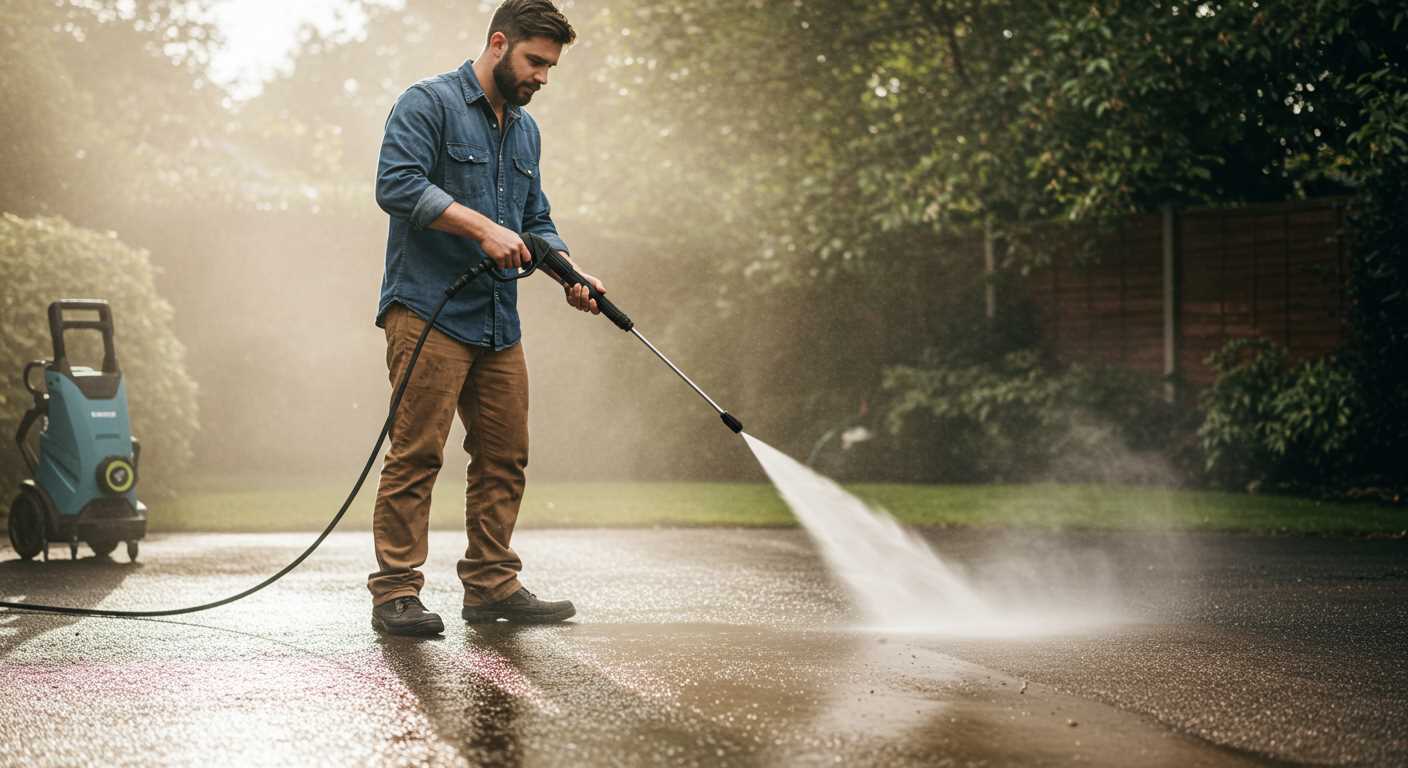
For a polished finish, inspect your surfaces after the main cleaning process. Use a soft cloth or a microfiber towel to wipe down railings and furniture, ensuring no moisture is left that could lead to mould. If you notice any missed spots, a simple mixture of water and vinegar can help tackle those areas effectively.
Maintaining a Tidy Space
Once everything is spotless, consider implementing a regular maintenance schedule. A quick sweep and occasional wipe-down every couple of weeks can keep dirt and grime at bay. If you have plants, ensure they are not overwatering, as excess water can contribute to stains and attract pests. For pet owners, it’s wise to check areas where your furry friends frequent; for example, can dogs get under a chicken wire fence can be a concern if they dig around the edges.
Protective Measures
Consider applying a sealant to stone or tile surfaces to enhance durability and resistance to stains. This can make future clean-ups easier. If you’re dealing with paving stones, you might find it beneficial to powerfully clean paving stones with a high pressure cleaner every so often, as this prevents build-up that can be hard to remove otherwise.

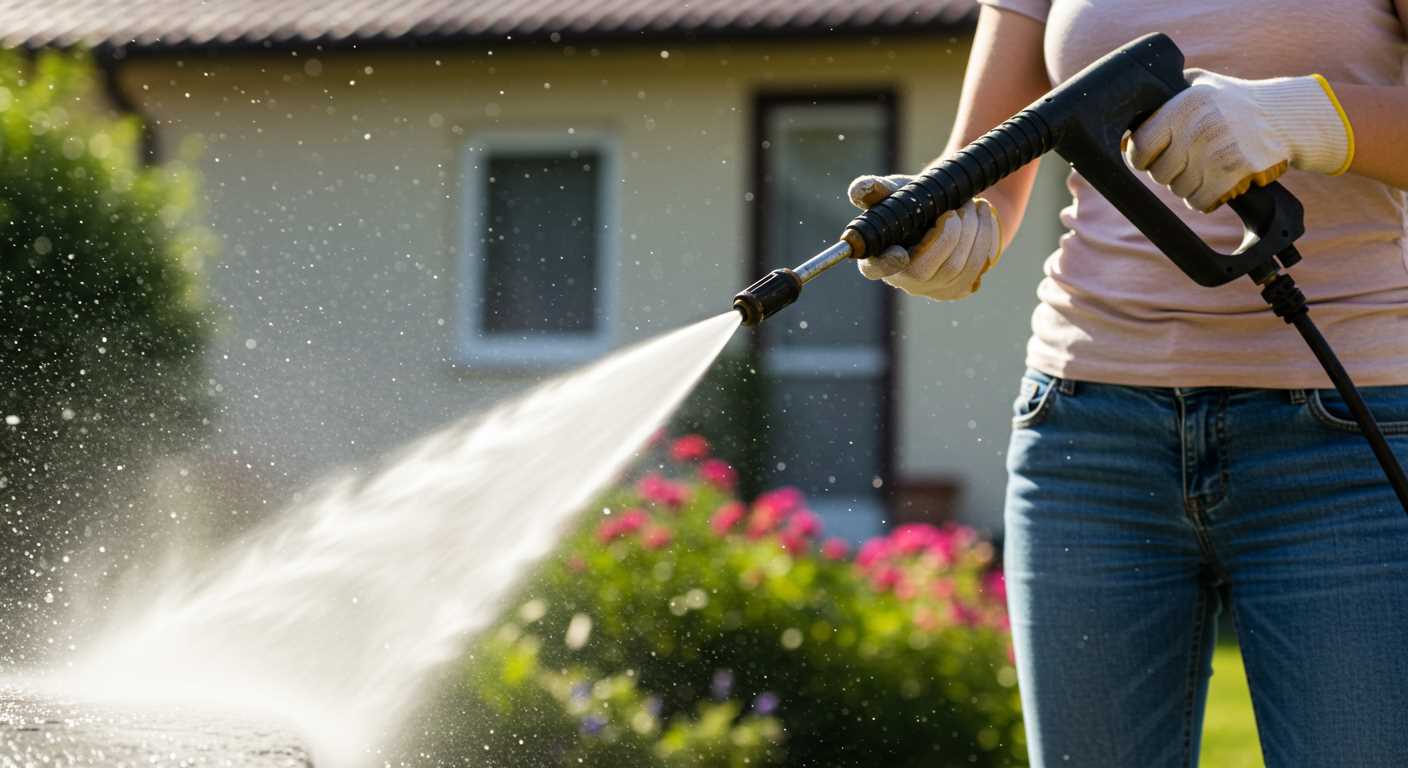
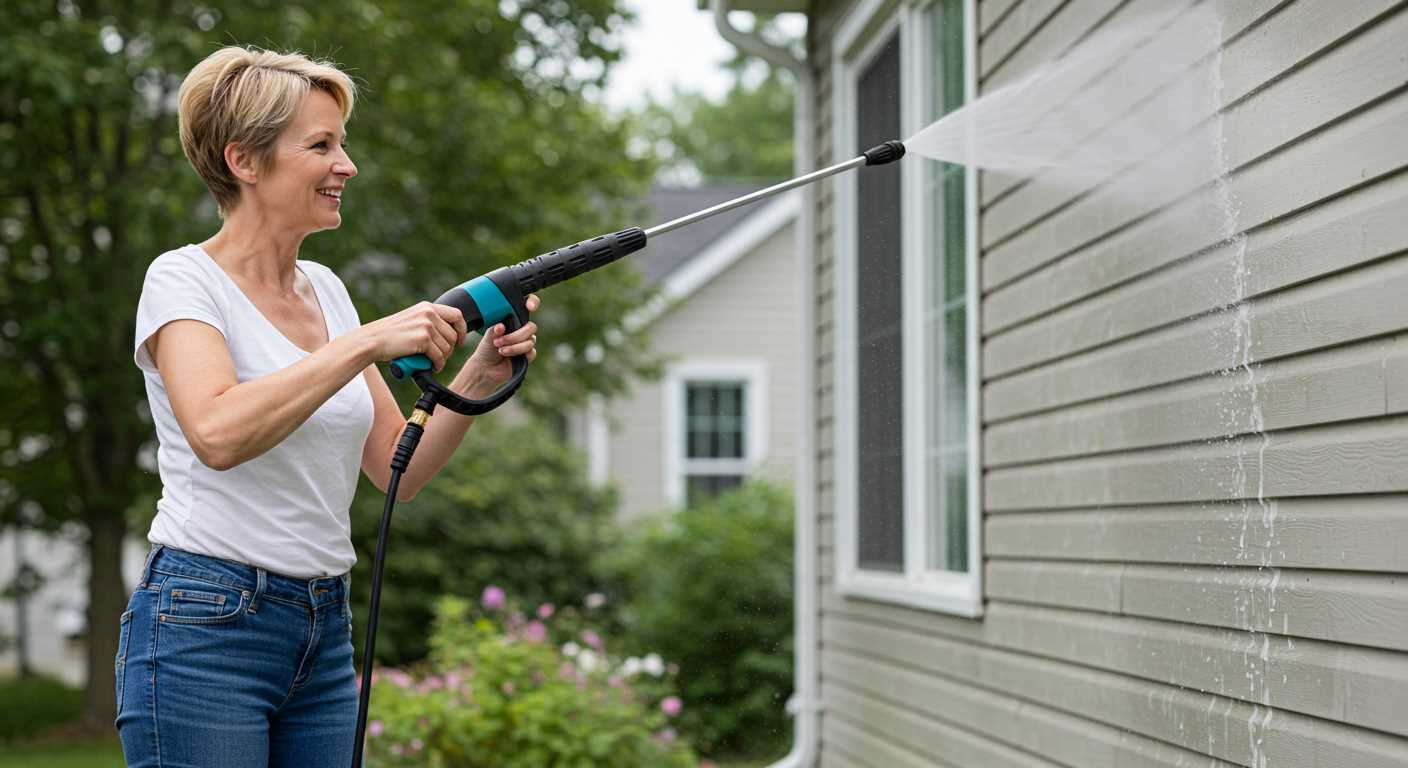
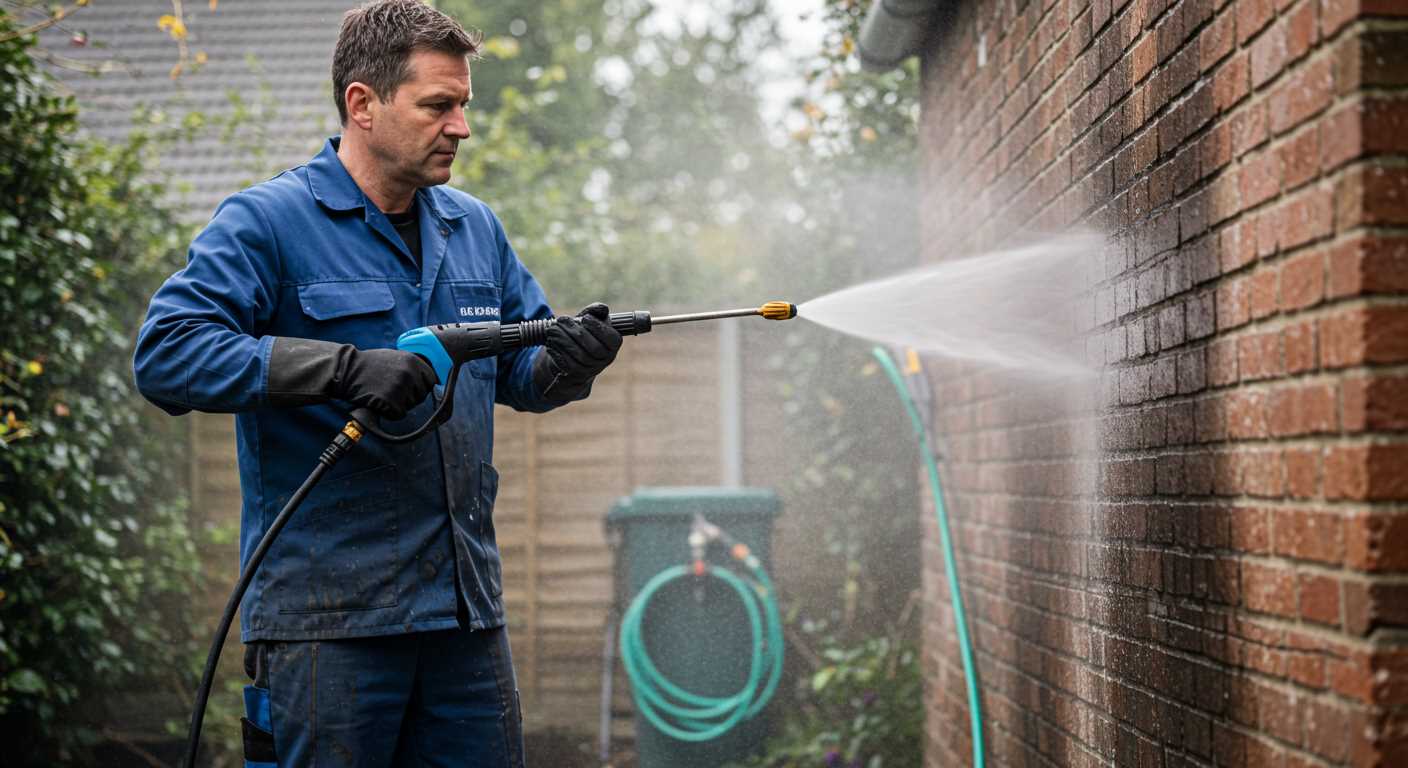
.jpg)


